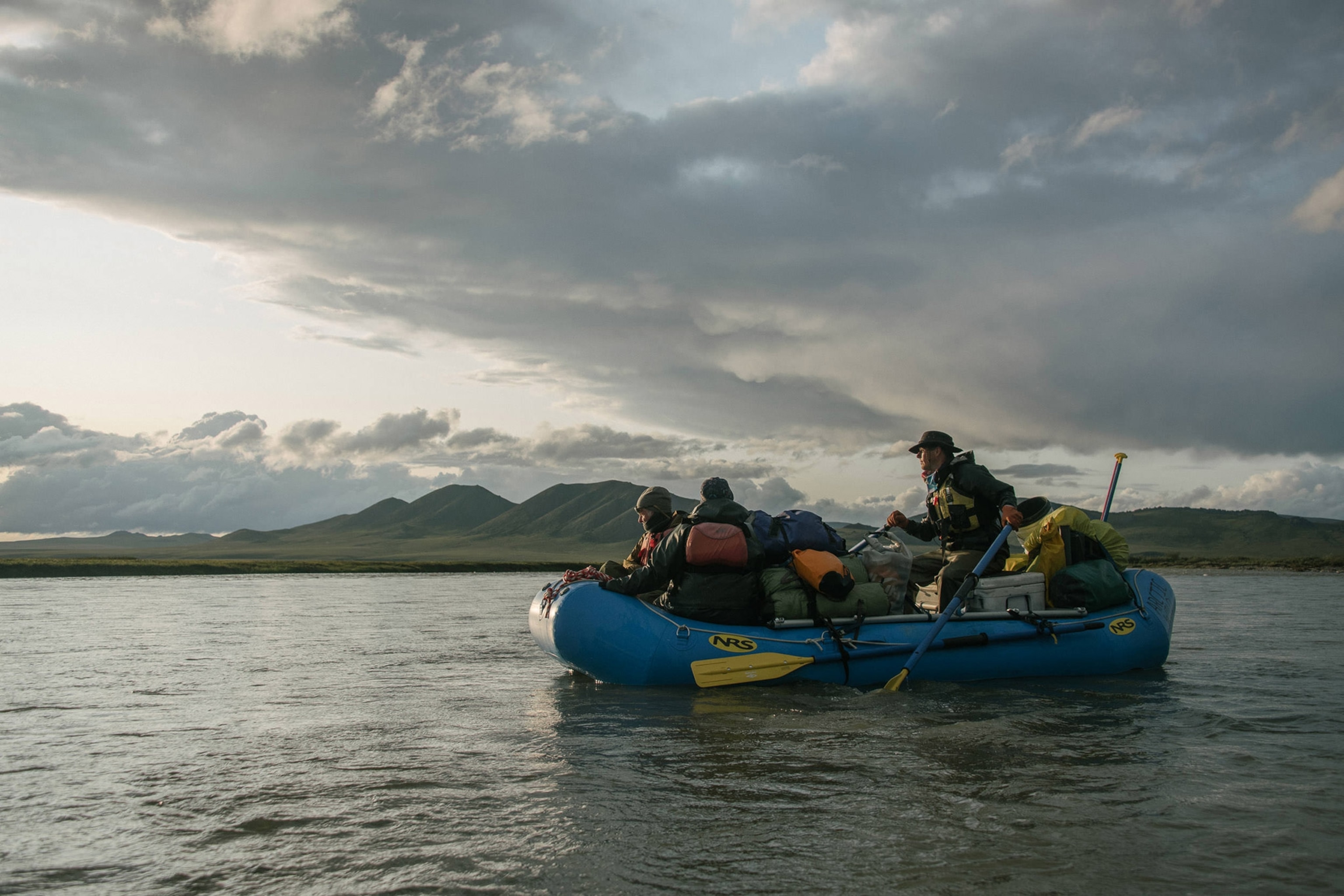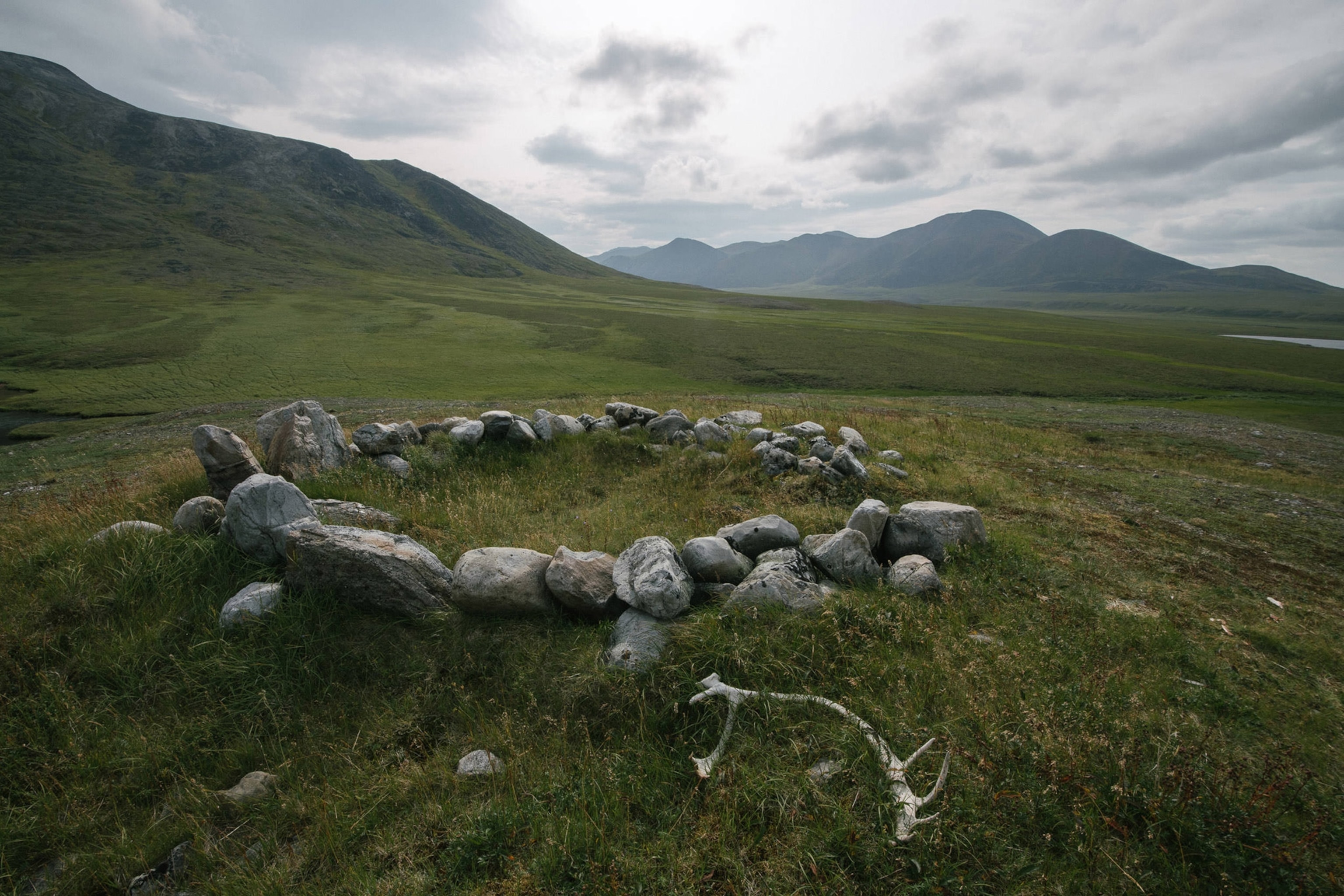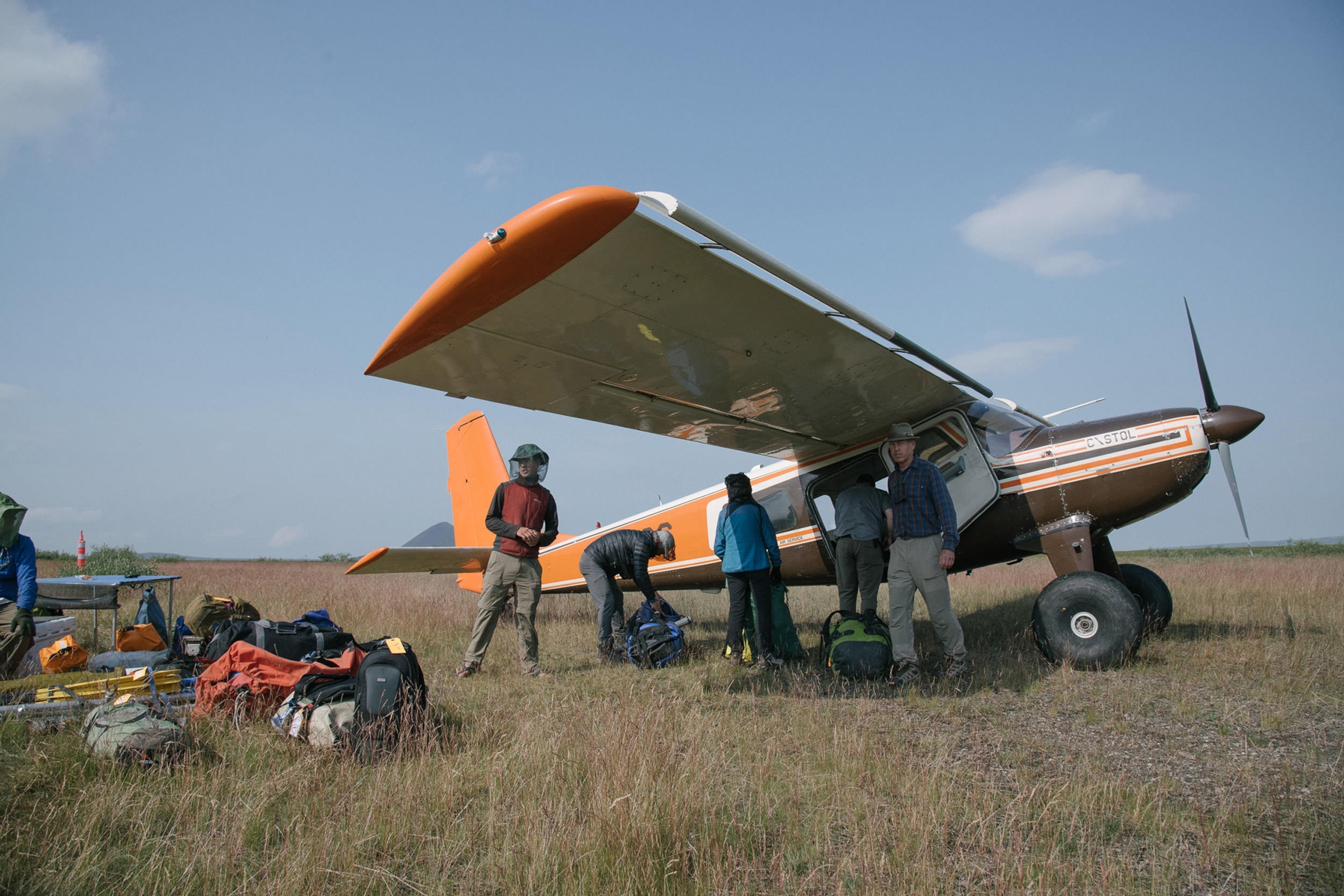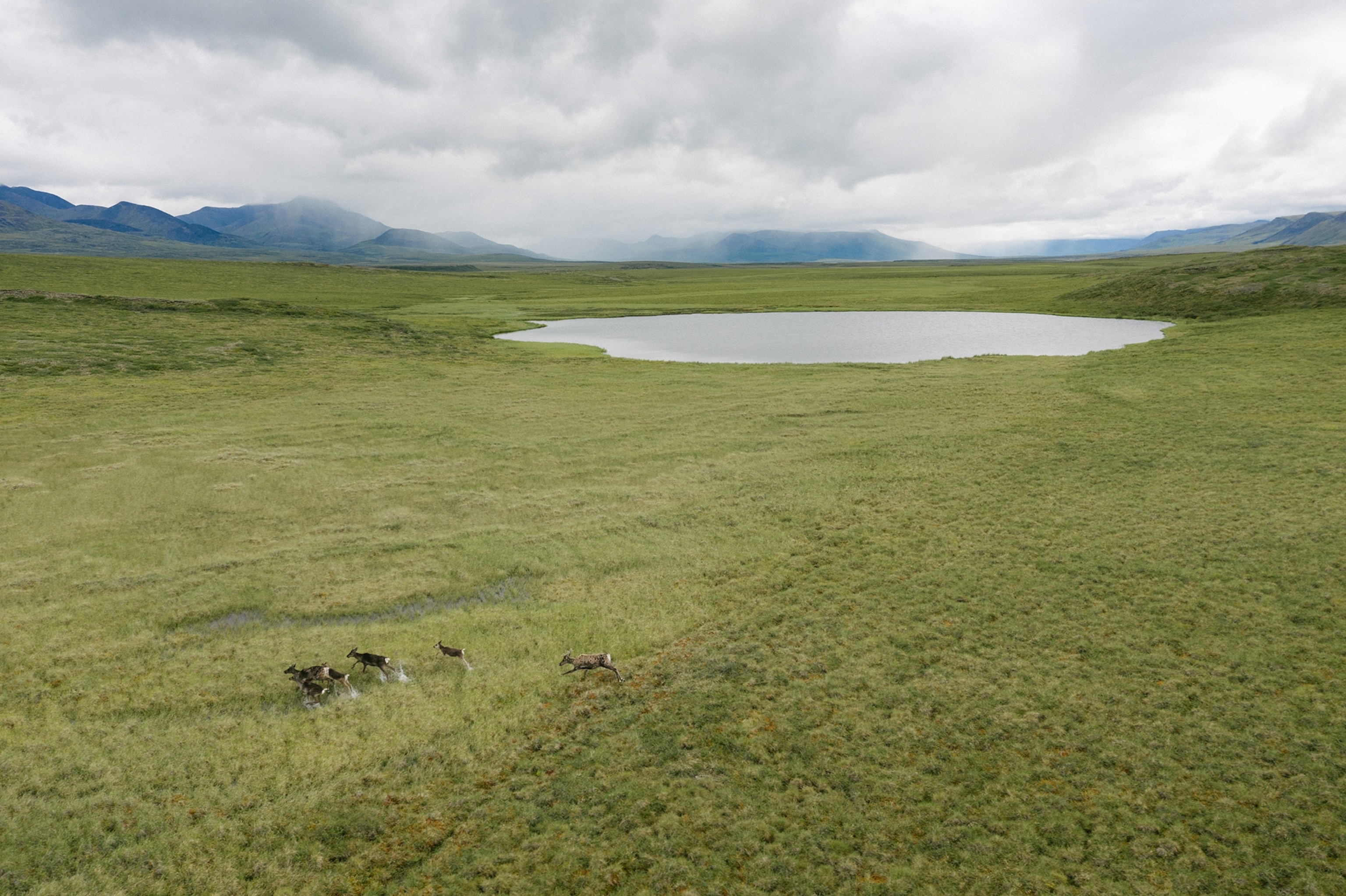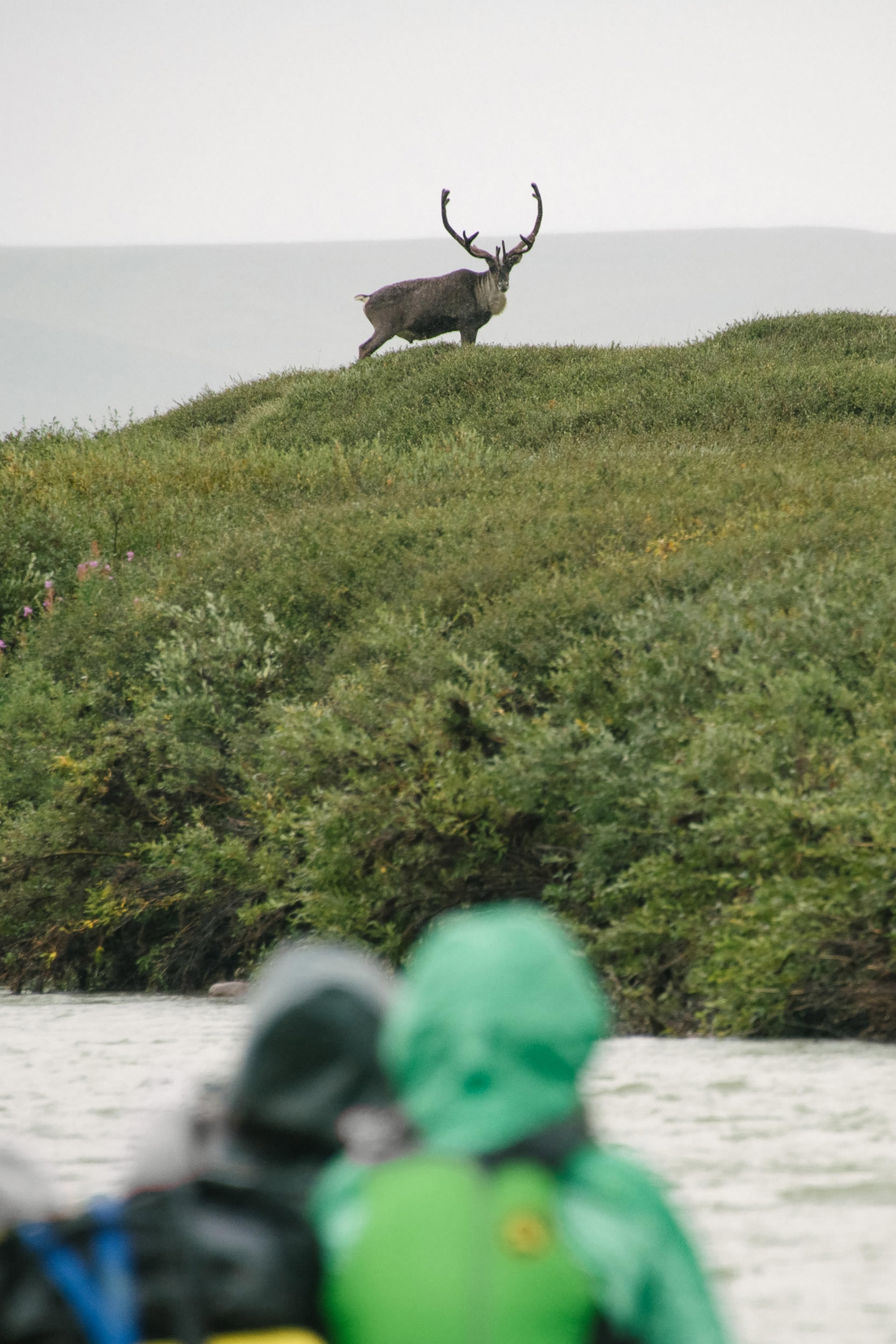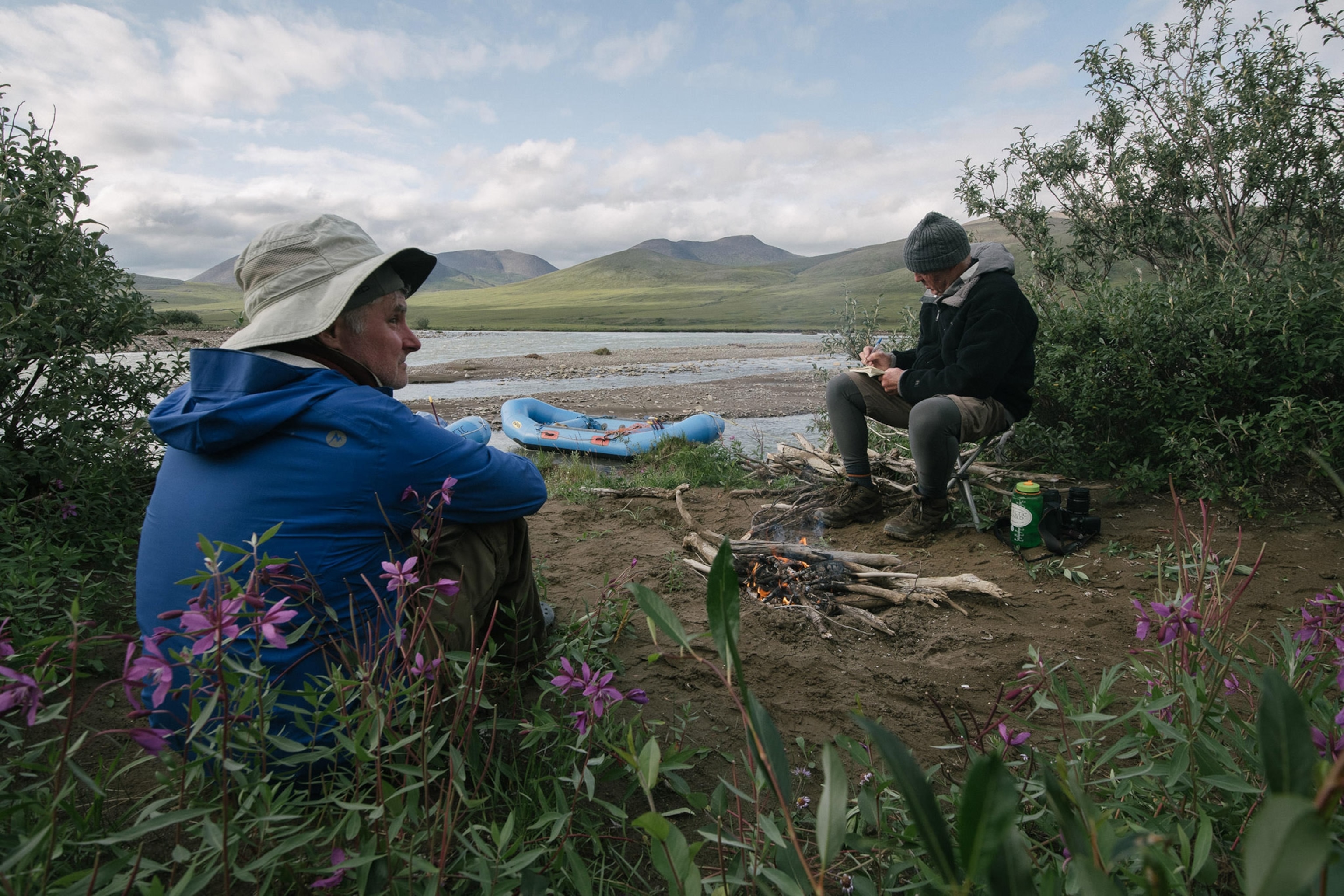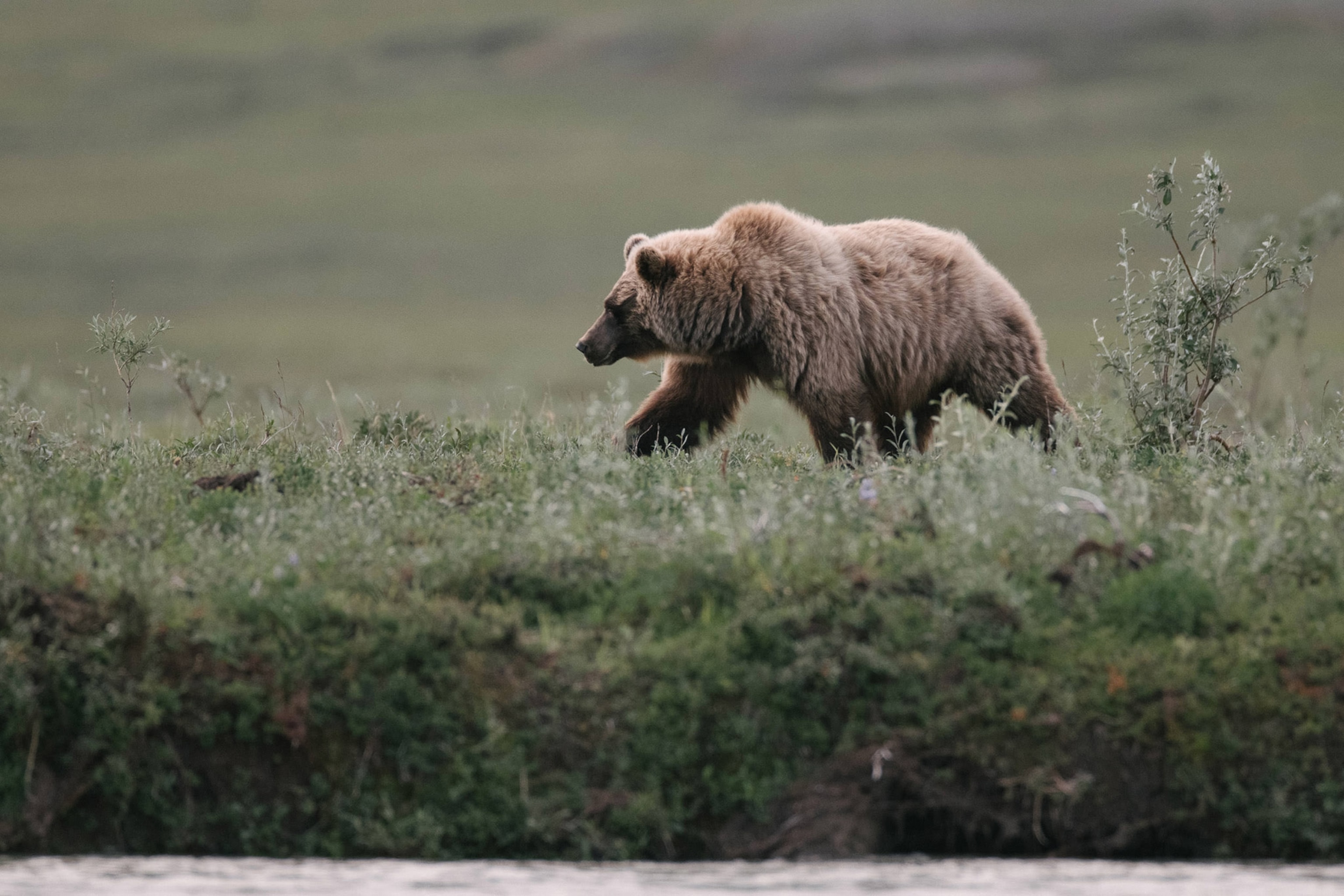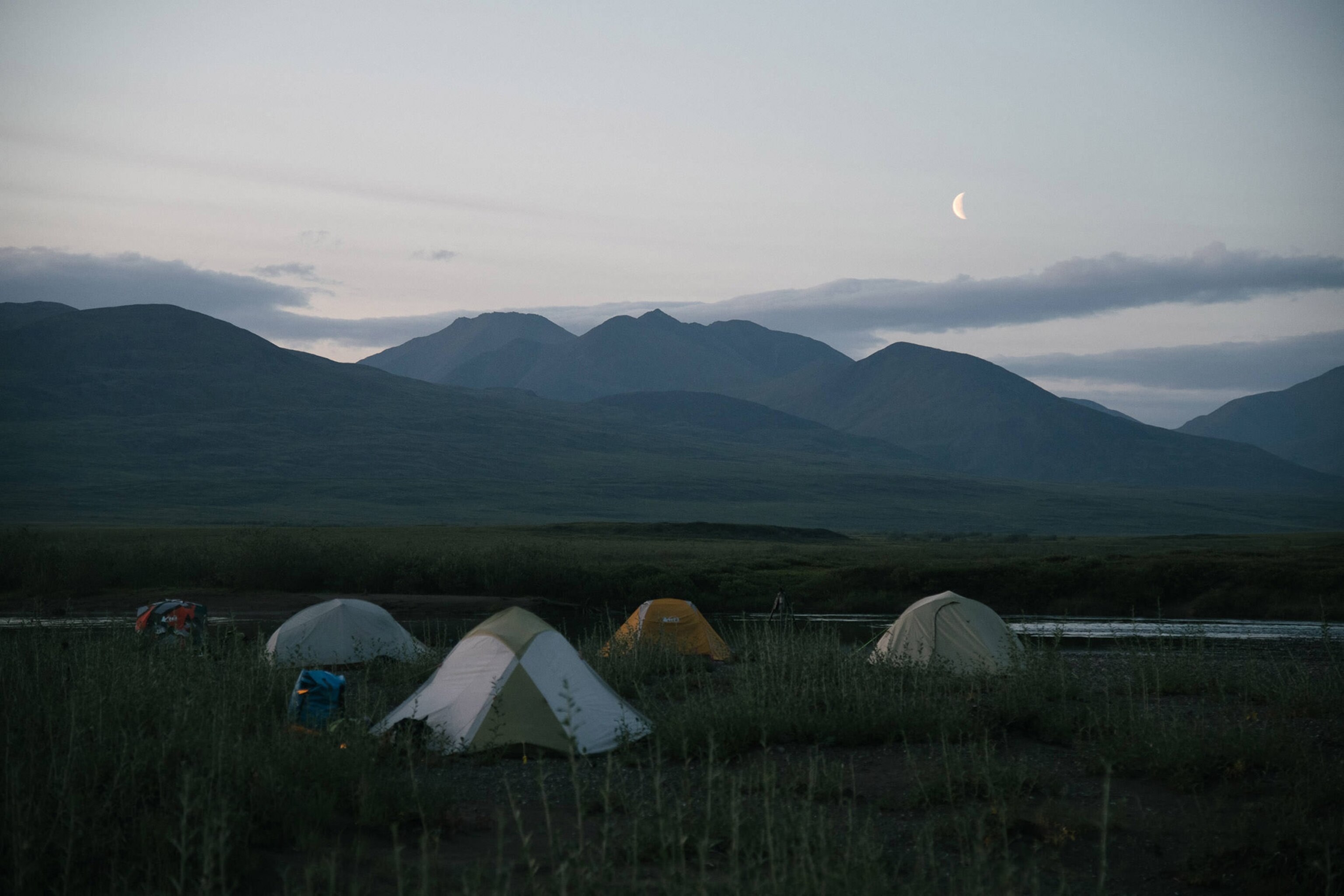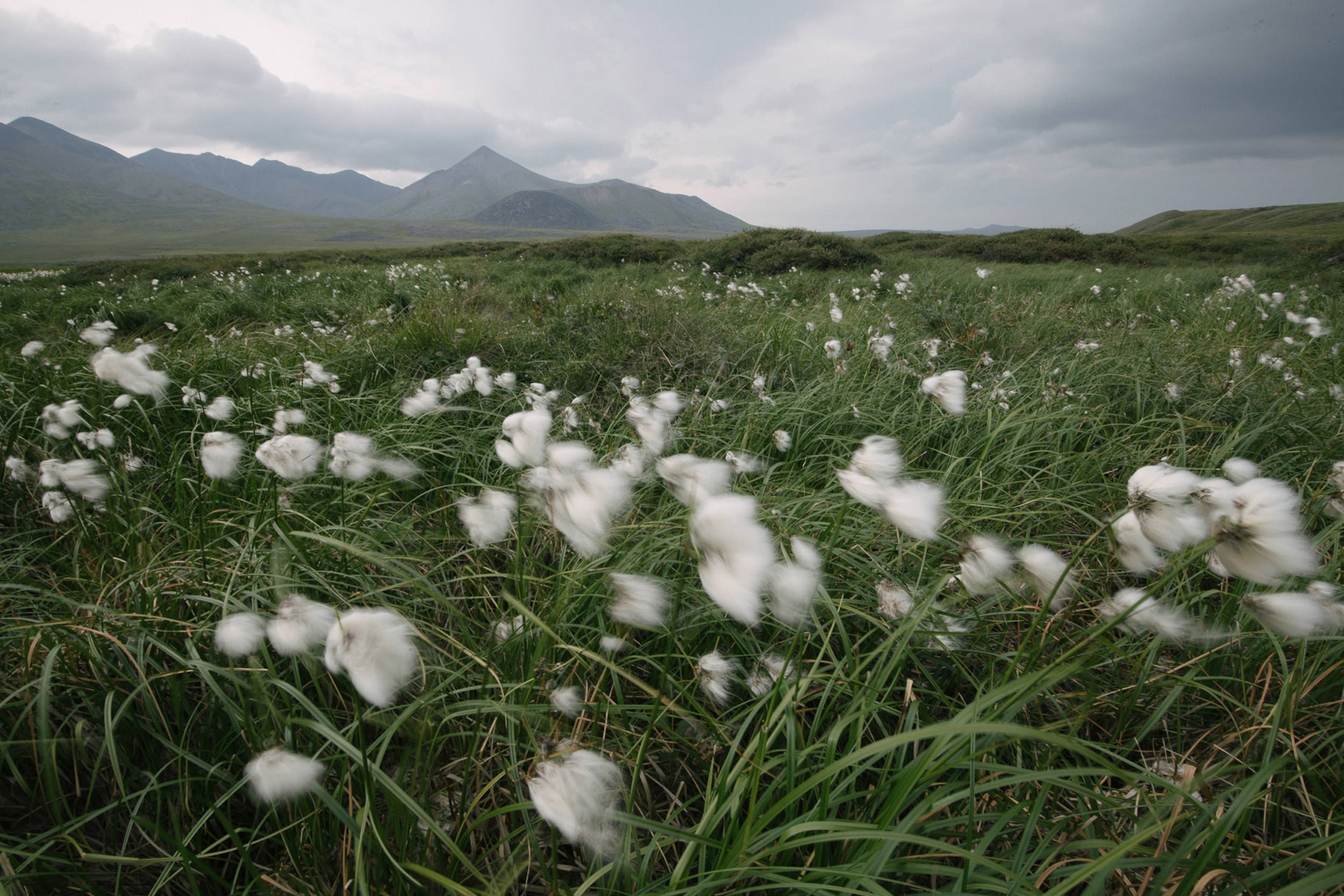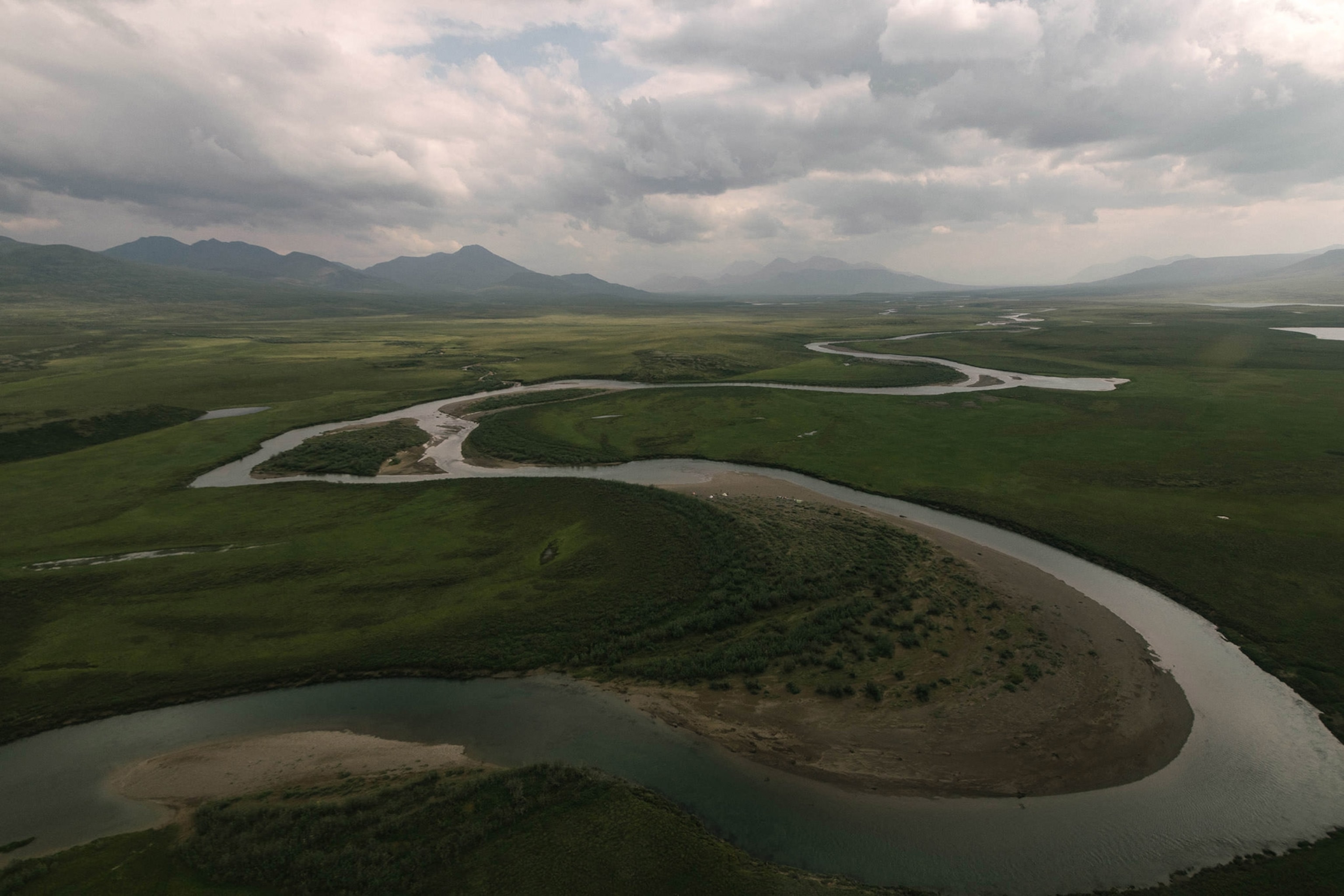See the breathtaking beauty of America’s least visited national park
A river trek through Alaska’s Gates of the Arctic reveals stunning mountains and abundant wildlife.
Close your eyes. Imagine an Arctic landscape. What do you see?
Even for an experienced tundra traveler like photographer Kiliii Yüyan, the 13,238-square-mile Gates of the Arctic National Park & Preserve—which sits in the Alaskan interior, above the Arctic Circle—can be hard to picture.
“I think there’s this sense that the Arctic is a vast, barren plane,” says Yüyan. But the park, which protects parts of the 600-mile-long Brooks Range, is ridged with “incredibly photogenic and majestic” mountains unlike the coastal plains that make up most of the Arctic. “You’re in a true wilderness.”
To make the photos in our gallery, Yüyan rafted down three waterways—the Nigu, Etivluk, and Colville Rivers—in the northwestern part of the park on an August 2019 trip with Arctic Wild, a Fairbanks-based guide company.
(Related: Learn about the explosive history of Alaska’s Katmai National Park.)
The northernmost U.S. national park, Gates of the Arctic is also the least visited. It saw just over 10,000 tourists last year, less than one percent of the 2.26 million people who traveled to Alaska during the May–September high season—and far less than one percent of the 12.5 million who toured Great Smoky Mountains National Park, 2019’s most visited.
The park, which has no roads, is best experienced by quieter, slower forms of travel: rafting in the summer, dogsledding or skiing in the winter. Even short treks across the tundra—with uneven ground studded with grassy tussocks Yüyan likens to “a bunch of hairy bowling balls”—can exhaust an experienced hiker.
But its lack of crowds may be a blessing. Gates of the Arctic shelters an amazing diversity of wildlife and plant life that have sustained indigenous groups for thousands of years. To the north, the park borders the Alaska Native village of Anaktuvuk Pass (population 325) and the park itself remains a key part of the lives of Alaska Natives from surrounding communities. One of the park’s purposes is to preserve the land and wildlife for Alaska Native subsistence use.
For Yüyan, the trip was the start of his relationship with Gates of the Arctic. “The culture of nature and the culture of human beings is so similar,” he says. But “you have to spend a lot of time in a place to get to know it—so that you no longer feel separate from it.”

